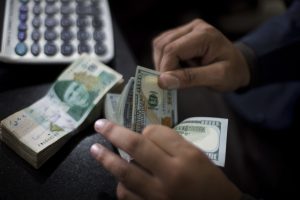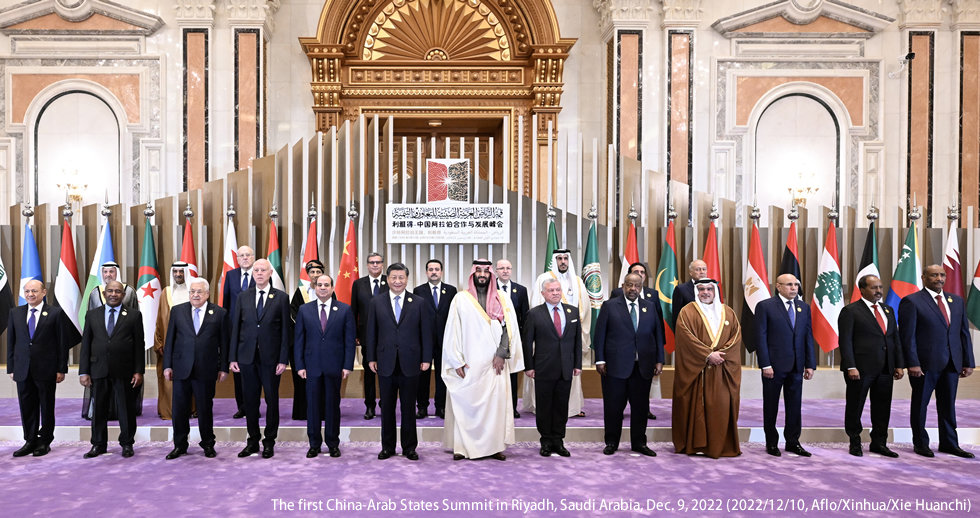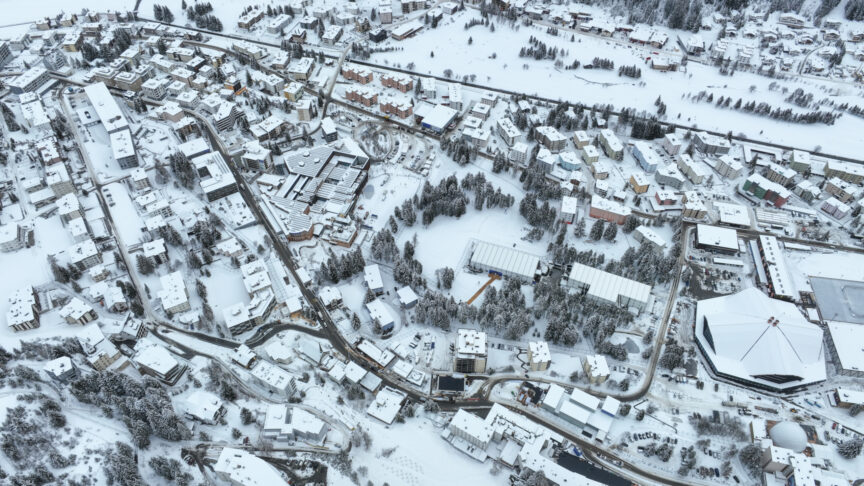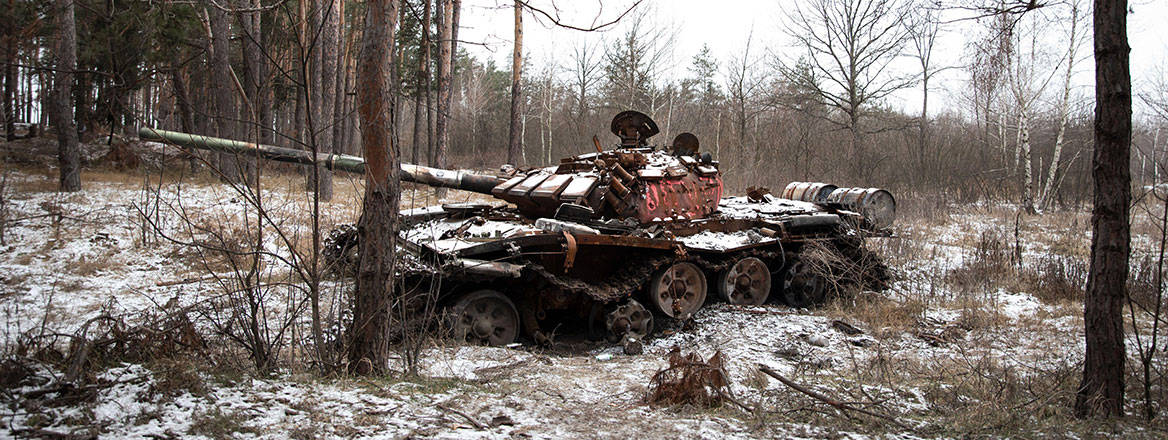Scott Ezell
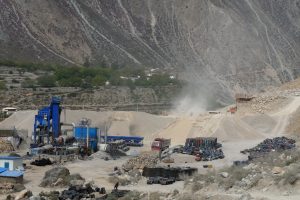
An industrial construction site on the upper Mekong, with a Tibetan village on the opposite bank, 2011.Credit: Scott Ezell
In 2004, I traveled a thousand miles in the eastern Tibetan plateau by local bus, hitchhiking, and finally on a second-hand motorcycle, which I rode over 17,000-foot passes so remote I felt like the last man on earth. I drove through villages with flowers blooming from earthen walls, where men walked up and down dirt streets in cowboy hats, with chunks of turquoise braided in their hair.
At this time, the Tibetan Autonomous Region (TAR) required special permits to enter, and Lhasa was being reconstructed as a Chinese city, but life was different in the traditionally Tibetan areas to the east of the TAR proper, in today’s Yunnan and Qinghai provinces. The communities I experienced seemed relatively untouched by industrial development or impositions of national authority, despite having survived gulag conditions in recent decades.
While Chinese “modernization” projects focused on the TAR, other ethnically Tibetan areas remained a raw, wild region of vast plains, golden barley fields beneath incomprehensibly blue skies, nomadic yak herders, and fortress-like Tibetan houses perched on mountain ridges. The earth unfurled in primordial colors and forms, and Tibetan culture appeared to be inextricably rooted to the land, as if the two were mutually sustaining and could not be separated.
But over the next 15 years, as I returned to to the eastern Tibetan plateau I saw destructive dam and mining projects multiply exponentially, displacing autonomous Tibetan communities into resettlement zones. Armored vehicles appeared in towns, and platoons of People’s Liberation Army soldiers patrolled Buddhist temples with assault rifles. Tibetans became a minority in their own territory due to the influx of ethnic Han Chinese migrating from lowland areas for work or business opportunities.
